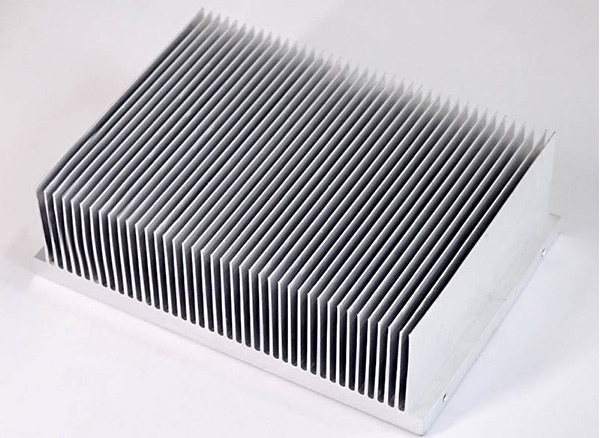Custom Aluminum Extrusion Profile Services
Aluminum extrusion is a processing technology that heats the aluminum material to a certain temperature and then extrudes the aluminum material into the required shape and size through an extrusion machine and extrusion die. This process can be used to produce various aluminum alloy products, such as radiators, aluminum alloy window frames, aluminum alloy door frames, aluminum alloy pipes, etc. Aluminum extrusion has the advantages of low cost, high production efficiency, and high material utilization, so it is widely used in automobiles, construction, transportation, electronics, machinery manufacturing and other fields.


Advantages Of Aluminum Extrusion Process
1) Durable
Aluminum's resistance to corrosion, corrosion and weathering is one of its most significant advantages. Aluminum naturally rusts and resists corrosion without additional treatment. This is due to the presence of a thin, naturally occurring protective film of aluminum oxide on its surface. Through anodization, its resistance to corrosion becomes stronger.
2) Light and strong
Aluminum is more than 33% lighter than steel while retaining most of its strength. The tensile strength of most aluminum alloys ranges from about 70-700 MPa, while the density is two-thirds less than steel.
3) Good thermal conductivity
Aluminum conducts heat very similarly to copper, but is much lighter.
Aluminum is an excellent conductor of heat, and aluminum extrusions are contoured to maximize thermal surface area and create thermal pathways. A typical example is a computer CPU radiator, where aluminum is used to remove heat from the CPU.
4) Stylish appearance
Extruded aluminum can be painted, plated, polished, and anodized, giving engineers a wider range of appearance options than other materials.
5) Wide range of applications
Basically any cross-sectional shape can be formed by aluminum extrusion, so the application range of aluminum extrusion is very wide, and engineers can design different cross-sections to meet the requirements of different application environments.
6) Easy secondary processing
Aluminum extrusions can be easily formed, cut, drilled, machined, stamped, bent and welded to suit specific purposes.
7) The mold processing cycle is short and the cost is low
The mold for aluminum extrusion is simple, the processing cycle is short, and the cost is low.


Why Choose Biyou Custom Aluminum Extrusion Service
● Professional sales team will maintain clear and timely communication with you
● Experienced engineers and technicians provide the most perfect solution according to your plan
● On-site quality inspection services from the beginning of production to before shipment
● Advanced machinery and extensive expertise can handle complex designs
● CNC machine tool secondary processing services, touching every detail
● No matter small or big order, quick response and on-time delivery
● Mass production or rapid prototyping aluminum profiles for your choice
The general process or steps of aluminum extrusion processing are as follows:
1. Raw material preparation: Select aluminum alloy materials suitable for extrusion processing, and perform preprocessing, such as cutting into profiles of appropriate length.
2. Mold design: Design the extrusion mold according to product requirements, including extrusion cavity type, mold structure, etc.
3. Heating pretreatment: Heating aluminum alloy profiles to a certain temperature to improve their plasticity and extrusion properties.
4. Extrusion molding: Put the heated aluminum alloy profile into the extrusion cavity of the extruder. Through the pressure of the extruder and the action of the mold, the aluminum alloy profile is plastically deformed and the required cross-sectional shape is formed.

5. Cooling and solidification: Cool and solidify the extruded aluminum alloy profiles to maintain the required shape and size.
6. Surface treatment: Surface treatment is carried out according to product requirements, such as anodizing, spraying, sandblasting, etc.
7. Cutting and processing: Cutting, drilling, stamping and other processing of extruded aluminum alloy profiles are performed according to product requirements.
8. Inspection and packaging: Inspect the extruded aluminum alloy profiles to ensure that the product quality meets the requirements, and then package and label them.




